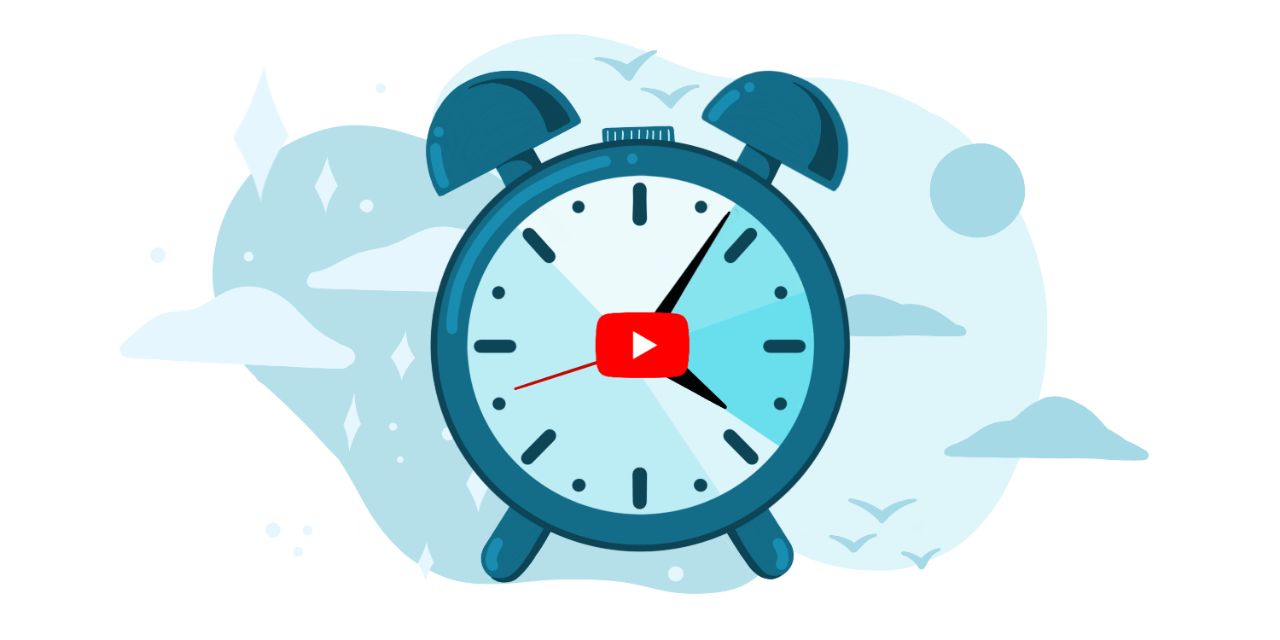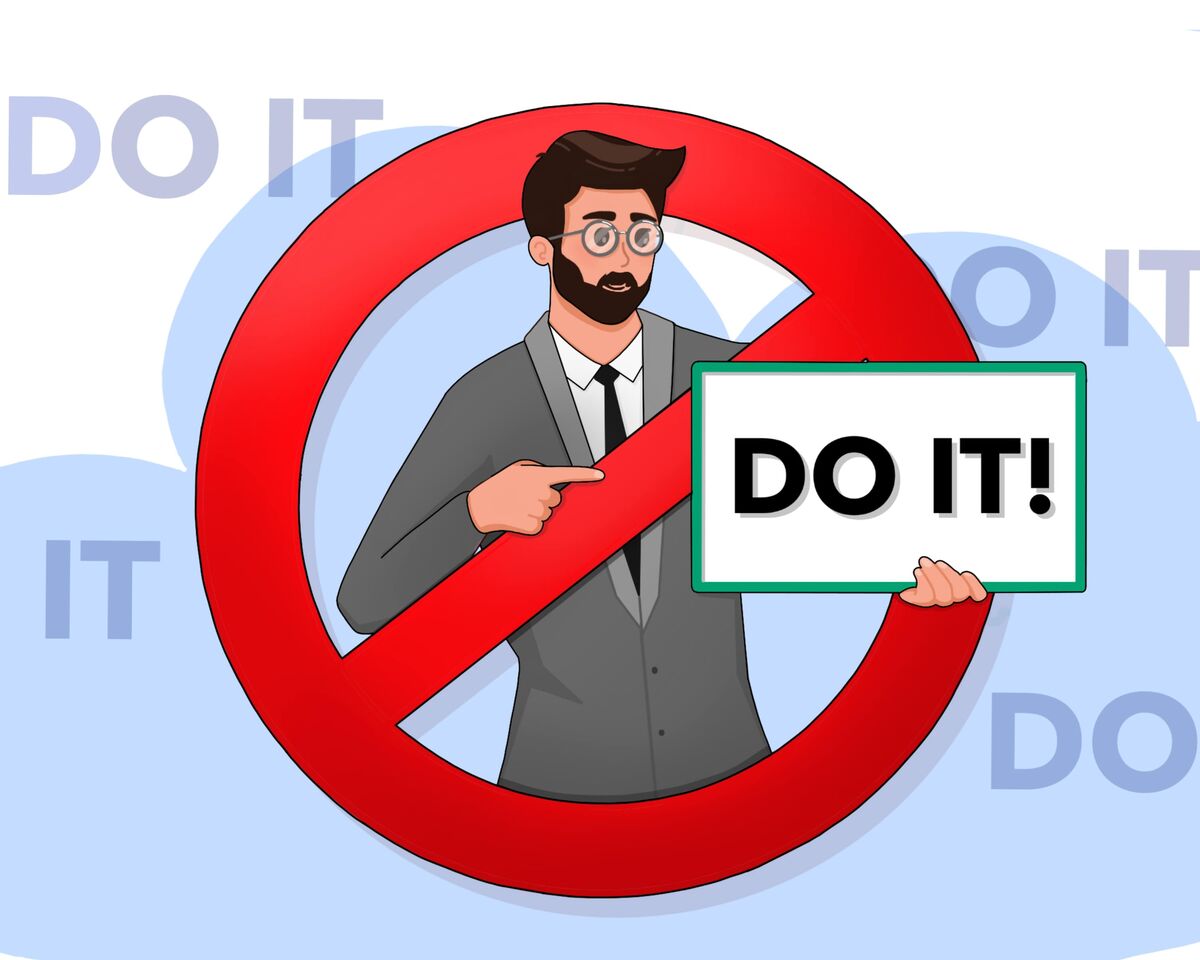YouTube Channel Guide for Effective Content Creation

It’s extremely hard to find a person who has learned to effectively separate their work and personal time. Most of us fall into two opposite categories: those who can't stop working and those who struggle to gather themselves and start working.
Steve Jobs once said, "It's not about working 12 hours a day; it's about working smarter." So how do we find the balance between the number of hours spent working and the quality of work? What are some ways to achieve balance?
Best time management tips for working on a channel.
The fake efficiency of large influencers that is propagated on all social networks is a lie. Behind many vloggers, there are entire teams that help deliver high-quality content on a consistent basis. The production of a single major documentary can actually take several months. We have conducted experiments and calculations to determine how much time a classic informative video of 15 minutes takes to create. It's at least 10 hours of work. You have to handle material selection, script writing, recording, reviewing the edited video, uploading, and channel formatting. This is not counting the work of designers, editors, and proofreaders.
Therefore, let's establish rule #1 - don't believe everything you see on the internet.
Now we can move on to real methods of improving efficiency in working on a channel. Each platform creator needs to divide their work into stages. Otherwise, you'll find yourself jumping back and forth between editing and scripting a new video, wasting time on these transitions instead of working on the content.
How can the work be divided?
- Brainstorming ideas
- Developing a specific idea
- Gathering materials
- Writing the script
- Recording the video
- Editing the video
- Uploading the video to YouTube
- Responding to comments
Not all channels will follow these specific steps but the point is not to copy the recommendation and force-fit your parameters into it. No, you just need to understand that it's important to divide the process of working on a video into segments.
Now we can move on to more specific recommendations. And for that, we will divide the stages as follows: pre-production work (idea brainstorming and development) and post-production work (actual filming and video editing, uploading and formatting the video on the channel).
How to organize your ideas before shooting a video
- Focus on work
The first thing you need to promise yourself is that if you allocate two hours for video preparation, you sit down and genuinely work for those two hours.
This means turning off your phone, logging out of social media, closing unnecessary tabs, and informing your family and loved ones that you will be occupied for the next two hours. Otherwise, the whole point of increasing efficiency is lost, and you might think that this method doesn't work.
It's not about the method itself, but rather that you didn't take it seriously enough and allowed yourself to browse through news feeds instead of putting your phone aside.
- Be consistent
During the designated time for YouTube, you outline the stages of working on your channel and begin working on them sequentially. In a couple of hours on the first day, you can accomplish the following:
- Define the stages of working on the channel
- Generate ideas for videos
- Start working on one of the ideas
On the second day, you can thoroughly develop one video idea. On the third day, you can record the video. On the fourth day, you can edit it, and on the fifth day, you can upload and format it on your channel.
- Do not try to do many tasks in one day
This reduces their effectiveness. It's better to focus on one thing at a time. In the pre-production phase of video shooting, the key ways to be more productive and efficient on YouTube are actually found.
- More development = less shooting
If you invest your main efforts in developing the idea, you can reduce the time spent on shooting and editing stages. Having a few strong ideas will propel you further than having a dozen weak ones.
There's no point in working hard on editing a video with a weak concept; it will be a waste of time. A bad video idea won't yield any results, and you'll be disappointed, eventually abandoning the whole endeavor.
And when we talk about a "strong idea," it doesn't necessarily mean complex implementation or super exclusivity. It's much simpler than that—it should be interesting to your audience. There's no content more effective than one that resonates with viewers and caters to their needs and preferences.
- Write a script
Another accelerator for your idea can be the script. Of course, scripting may seem like an almost impossible task for some channel formats and content types. However, a bullet-point outline works for everyone.
A script or bullet-point outline helps reduce shooting time because you won't wander in your thoughts while talking on camera, and you won't have to shoot a million takes, each time trying to come up with the best wording.
Additionally, a script helps you determine in advance what you want to see in the frame—what locations or props you'll need. This means you can prepare these elements beforehand instead of wasting time on the day of shooting, searching for suitable places or necessary items.
When you prepare a script or a video plan, specific shots or transitions may already come to mind. This will help you avoid shooting unnecessary footage because the selection of material during editing is perhaps the most time-consuming process. By reducing the amount of footage you shoot, you'll have less work during the editing phase.
Another advantage is that a script helps you prepare the branding and SEO aspects of the video, which you can use when uploading it. By that point, you will have a clear understanding of the key phrases in the video and its main message. This will enable you to come up with an appropriate title, description, tags, and thumbnail design.
- Prepare for editing beforehand
There's something else to consider during the preparation stage: think about the editing process before you even start working on your channel. It may sound strange, but by planning certain aspects in advance, you can save valuable hours.
For example, choosing a user-friendly editing software and familiarizing yourself with its keyboard shortcuts can make your editing more efficient. Investing in equipment such as a mouse, keyboard, desk, and chair can also save you time and discomfort during post-production.
- Catalog your music
Using consistent music accompaniment in your videos creates brand recognition. If you have already dealt with searching for music for your videos, you probably know how much time it can take.
In general, it's a good idea to think ahead about what can make your work on the channel easier in the future. It may be challenging, but it's worth a try.
- Check your equipment
Make sure to charge your batteries and check if there is a flash drive in your camera. These tips may seem obvious, but even the best of us make mistakes. It can be heartbreaking to realize that you've wasted hours of work and all your energy due to a simple oversight.
For channels with static visuals, shooting becomes much simpler. Set up your lighting, camera, and sound properly once, and then you can shoot as much content as you want. This is a timeless life hack that saves you tons of time in content production.
- Delegate workflows
Sometimes the money you can pay to a video editor or designer could cost less than the time you would spend on creating thumbnails or editing videos. Especially if these processes are challenging for you. Remember the old adage, time is money.
- Format and fragment your content
The idea here is that you can start creating video podcasts or even shows on your channel. This would be consistent content with a regular host and release schedule. You can do it as a live broadcast or pre-recorded, depending on what is more convenient for you.
By working on the format, structure, and script, you can turn a taped recording of a couple of hours into at least five regular YouTube videos that address more specific narrow topics. You can create edits or reshoot specific thoughts discussed in your podcast.
The result? You spend your regular workweek creating a longer video, but in return, you get content that can cover a month's worth of work on your channel.
You don't have to do this every week; you can do it once a month or every two months. Over time, your stockpile of videos will increase exponentially. You can also break down this content into Shorts, articles, and even audio podcasts. This will accelerate your growth and increase your chances of success on YouTube.
How to arrange your work after shooting a video
If you competently approach the work at the stage BEFORE you start shooting a video, then after that you won’t need any advice, because you have already done all the efforts to optimize working time. However, there are some important details at this stage as well.
Editing is a complex and time-consuming process that takes a lot of time even with the most painstaking preparation.
- Make animation and consider design elements for your video
Find animation templates that you like, choose fonts and graphics that you will use consistently in your videos, and you will not only save time but also establish a cohesive style for your channel and videos.
- Split the editing over several days
On day one, upload and sort your footage, assemble the main part of the video. On the next day, refine it to perfection by cutting unnecessary phrases, adding captions, animations, music, and color correction.
- Create a video description template once, and you'll make your SEO work a hundred times easier.
Luckily, YouTube provides this feature in the Creator Studio. Simply go to Settings and navigate to the "Uploads" tab.
If you explore your channel's settings, you'll discover many useful features for optimizing your work time, but that's a different story altogether.
- Upload multiple videos at once
But release them according to your schedule. If you follow the steps outlined above, you'll have more than one video in reserve by the end of the work week.
In conclusion, working effectively in stages is the ideal framework to follow. The hard part is implementing these rules and adhering to them flawlessly from the start. Planned schedules may occasionally go awry, and you might even abandon this idea at times. However, in the end, you'll either find your comfortable workflow for channel management or incorporate our recommendations.
Above all, don't blame yourself if something goes wrong or doesn't work out. Self-blame has never helped anyone and is not an effective means of increasing productivity. You’ve got this covered, see you on YouTube!




